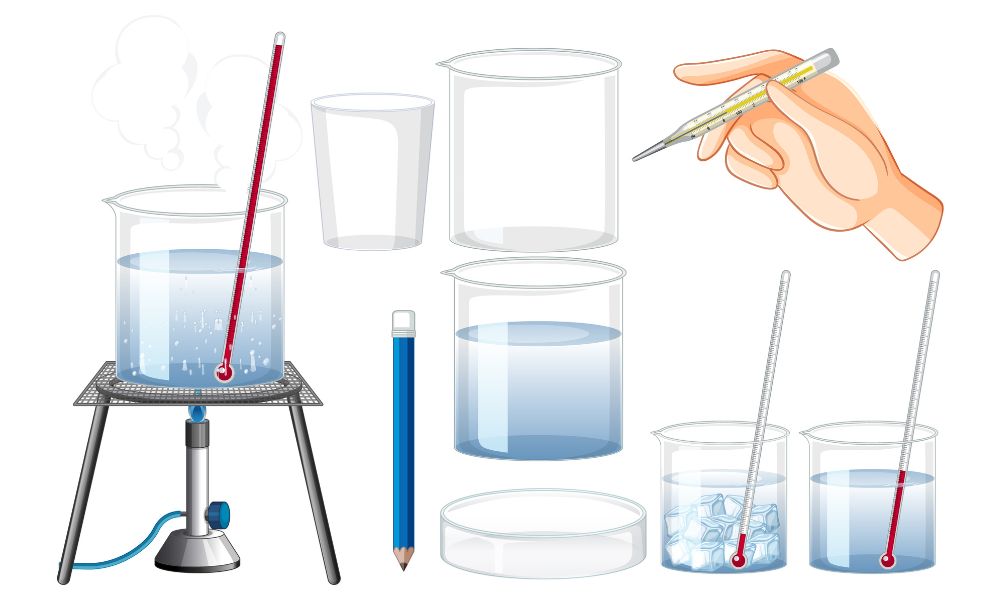In the bustling realm of fluid dynamics and measurement technology, ensuring the accurate detection and measurement of flow rates stands as a paramount concern for many industries. Whether you're diving deep into the intricacies of HVAC systems, or simply refining the fluid processes in industrial manufacturing, understanding your options for flow sensing can be a game changer. Learn more about the flow test speed with us at "New England Manufacturing".
While you might feel inundated with a plethora of information on this topic, fear not. We're here to streamline this for you. In this extensive guide, we'll discuss six critical flow sensing options, dive deep into their mechanics, benefits, and potential applications, and empower you with the information needed to make an informed decision. The goal? To ensure your "flow test speed" is always optimized for precision and efficiency.
Differential Pressure Flow Sensors
Differential pressure flow sensors operate on a relatively straightforward principle. By measuring the pressure difference before and after a constriction in a pipe, one can derive the flow rate.
Operating Principles
These sensors capitalize on the Bernoulli Principle. When fluid flows through a constriction, its speed increases, leading to a decrease in pressure downstream. By measuring this difference, the flow rate can be determined.
Advantages
Their simplicity is a significant advantage. With fewer moving parts, they tend to have longer lifespans and require minimal maintenance. Plus, they're often more affordable than some other flow-sensing options.
Applications
Widely found in the HVAC sector, they're also seen in water management systems. Their reliable nature makes them a go-to for many seeking consistency and affordability.
Magnetic Flow Meters
Magnetic flow meters, often referred to as "mag meters", utilize the principles of electromagnetic induction to gauge flow rates.
Operating Principles
When a conductive fluid passes through a magnetic field, it generates a voltage. The magnitude of this voltage is directly proportional to the flow test speed, giving a clear indication of the flow rate.
Advantages
The absence of moving parts in mag meters means reduced wear and tear. Furthermore, they don’t introduce obstructions into the fluid path, ensuring minimal pressure drop.
Applications
Industries that deal with wastewater treatment or chemical processing find magnetic flow meters particularly valuable due to their accuracy and non-intrusive nature.
Ultrasonic Flow Meters
As the name suggests, ultrasonic flow meters rely on sound waves to determine the flow rate of a liquid.
Operating Principles
Two transducers, one transmitting and one receiving, are positioned opposite each other. The flow test speed impacts the time taken for the sound waves to travel between these transducers. By calculating this time difference, the flow rate is deduced.
Advantages
Being non-intrusive, these meters ensure the fluid remains uncontaminated. Additionally, they're suitable for both conductive and non-conductive fluids.
Applications
They are prevalent in the oil and gas industry. Moreover, due to their sanitary nature, they're often chosen for pharmaceutical and food processing tasks.
Turbine Flow Meters
Turbine flow meters measure flow based on the fluid's ability to impel a turbine or a rotor.
Operating Principles

The fluid passes through the turbine, causing it to spin. The rotation speed is then used to calculate the flow test speed. Faster flows lead to quicker rotations, and vice versa.
Advantages
They offer a high degree of accuracy, especially in steady, high-speed flow environments. Moreover, they're relatively compact, making installation and maintenance simpler.
Applications
They're frequently seen in the petroleum sector, especially for liquid flow test speed measurements.
Vortex Flow Meters
These meters capitalize on the creation of vortices to estimate flow rates.
Operating Principles
As fluid flows past a bluff body, it creates vortices downstream. The frequency of these vortices correlates directly with the flow test speed, allowing for accurate measurement.
Advantages
Vortex meters are resilient and robust, making them suitable for a range of temperatures and pressures. Plus, they work well with both gases and liquids.
Applications
They’re a popular choice in the chemical and petrochemical industries due to their reliability and wide-ranging applicability.
Thermal Flow Meters
Last but not least, thermal flow meters gauge flow rates by monitoring the temperature distribution in a fluid.
Operating Principles
The device introduces a heat source into the fluid. As fluid flows, it carries heat with it. By measuring temperature differentials, the flow test speed can be determined.
Advantages
They’re incredibly sensitive, providing precision even at very low flow rates. Their non-mechanical nature means fewer maintenance issues.
Applications
Environments that require a keen sense of accuracy, such as laboratory settings or semiconductor manufacturing, often opt for thermal flow meters.
Conclusion
Navigating the world of flow sensings is more than just understanding the mechanics of various tools—it's recognizing the ripple effect that precise flow measurement can have across industries. From ensuring safety in pharmaceuticals to optimizing operations in the oil and gas sectors, the right flow sensing method is a game-changer.
As technology continues to advance, the significance of dependable flow-sensing options becomes even more pronounced. These tools are not just about meeting today's demands; they're about paving the way for future innovations, and ensuring operations are sustainable, efficient, and cost-effective.
In essence, understanding flow-sensing methods is a strategic endeavor. It’s a commitment to precision, efficiency, and forward-thinking solutions that can shape industries and drive them toward a brighter, more innovative future.


No comments yet